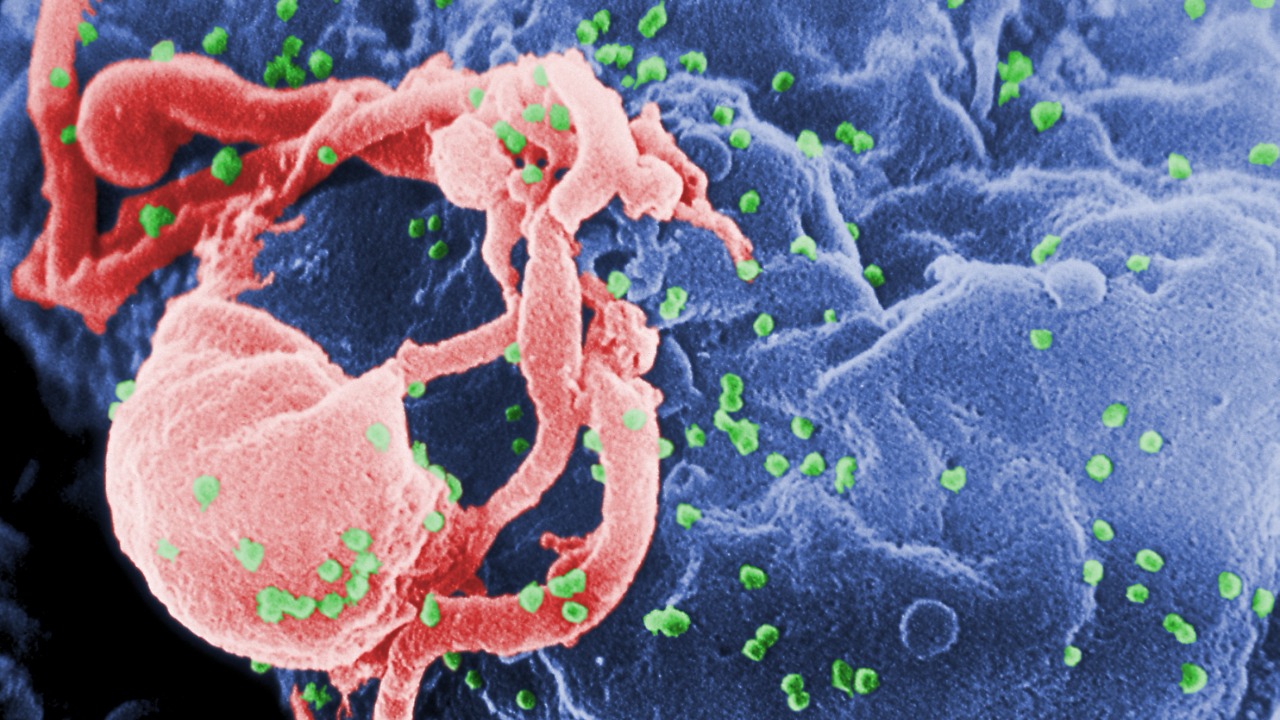
On October 20, 2025, scientists announced a significant advancement toward curing HIV, marking a pivotal moment in the ongoing battle against the virus. This breakthrough builds on a series of promising developments earlier in the year, including a June revelation that left researchers “gasping” with excitement and another in early June that was described as “overwhelming.” These strides follow a notable advancement in vaccine development in May and encouraging antibody research in March, all contributing to a hopeful outlook for eradicating HIV.
Breakthroughs in HIV Cure Strategies
The recent announcement on October 20, 2025, represents a major leap forward in the quest to cure HIV. This development highlights innovative scientific advancements that have been in the works for years. The research team has focused on novel methods that target the virus more effectively, potentially paving the way for a definitive cure. This progress is a testament to the relentless efforts of scientists who have been exploring various avenues to tackle the virus at its core. The breakthrough builds on the momentum from earlier in the year when, on June 6, researchers reported a “gasping” breakthrough using mRNA technology. This approach, which has been revolutionary in other fields, offers a new pathway for targeting HIV at a molecular level, potentially disrupting the virus’s ability to replicate and persist in the body. Futurism reported that this method could redefine how HIV is treated, offering hope for a future where the virus is no longer a lifelong condition.
In addition to the mRNA breakthrough, another significant development was reported on June 5, 2025. Researchers described their progress as “overwhelming,” highlighting the potential for these new strategies to lead to a full cure. This breakthrough involved a comprehensive approach that combines existing treatments with cutting-edge technologies to enhance their efficacy. The implications of these findings are profound, as they suggest a future where HIV can be eradicated rather than merely managed. The Guardian detailed how these advancements could transform the landscape of HIV treatment, offering new hope to millions affected by the virus worldwide.
Progress in HIV Vaccine Development
On May 27, 2025, scientists made significant strides toward developing an effective HIV vaccine, a crucial component in the fight against the virus. This progress is particularly noteworthy as vaccines have historically been challenging to develop for HIV due to the virus’s ability to mutate rapidly. The recent advancements involve novel vaccine candidates that have shown promising results in early trials, demonstrating the potential to provide immunity against various strains of the virus. These findings are a critical step forward, as a successful vaccine could prevent new infections and complement existing treatment strategies. According to News Medical, the development of an effective vaccine would be a game-changer, significantly reducing the global burden of HIV and moving closer to eradication.
The integration of vaccine development with other therapeutic approaches is essential for a comprehensive strategy against HIV. By combining vaccines with treatments that target the virus in those already infected, researchers aim to create a multi-faceted approach that addresses both prevention and cure. This synergy could accelerate the timeline for achieving a world without HIV, as vaccines could reduce transmission rates while new treatments work to eliminate the virus in those already affected.
Antibody Research Advancing HIV Elimination
In March 2025, new antibody studies provided a boost to the hope for an HIV cure. These studies focused on identifying and utilizing specific antibodies that can neutralize the virus and prevent it from infecting cells. The research has shown that certain antibodies can target viral reservoirs, which are the hidden pockets of the virus that evade traditional treatments. By effectively targeting these reservoirs, the antibodies could play a crucial role in eliminating the virus from the body. Science.org reported that these findings are a promising addition to the arsenal of tools being developed to combat HIV, offering a new avenue for treatment that could lead to a functional cure.
The integration of antibody research with ongoing cure efforts is vital for addressing the complex nature of HIV. By combining these studies with other therapeutic strategies, researchers aim to create a comprehensive approach that targets the virus from multiple angles. This holistic strategy is essential for overcoming the challenges posed by HIV, particularly its ability to hide in reservoirs and resist treatment. The potential impact of these studies is significant, as they could lead to more effective therapies that bring us closer to eradicating the virus.
Implications and Future Directions for HIV Research
The cumulative effect of the developments in 2025, from the antibody research in March to the recent breakthrough in October, has significantly altered the landscape of HIV treatment. These advancements represent a paradigm shift in how the virus is approached, offering new hope for a future where HIV is no longer a global health crisis. The progress made this year underscores the importance of continued investment in research and innovation, as these efforts are crucial for translating scientific breakthroughs into accessible treatments. Despite the optimism, challenges remain in ensuring that these advancements reach those who need them most. The complexity of HIV and the need for tailored treatments mean that ongoing research and collaboration are essential for overcoming these hurdles.
Researchers remain optimistic about the future, as the breakthroughs reported in June have shown that a cure is within reach. However, translating these scientific advancements into real-world solutions requires addressing logistical and financial barriers. Ensuring equitable access to new treatments and vaccines is paramount for achieving global eradication of HIV. As the research community continues to push the boundaries of what is possible, the hope is that these efforts will lead to a world where HIV is no longer a threat to public health.